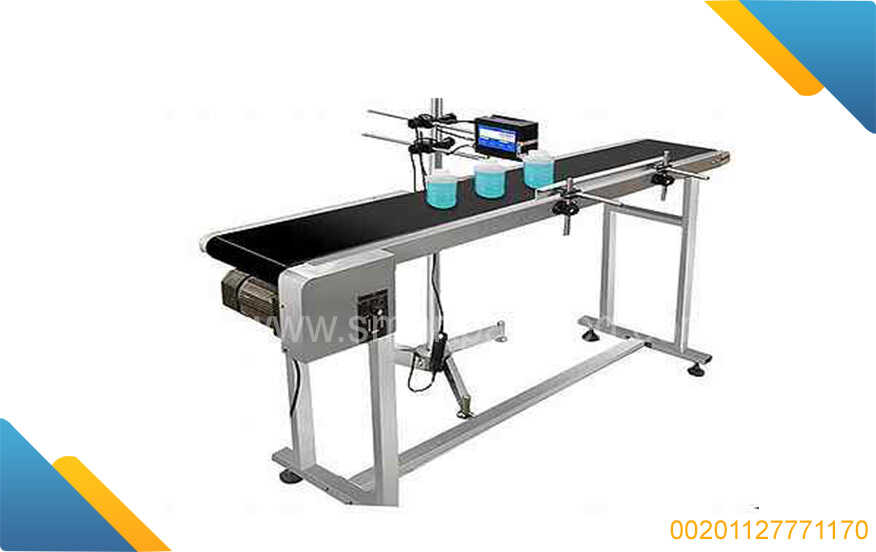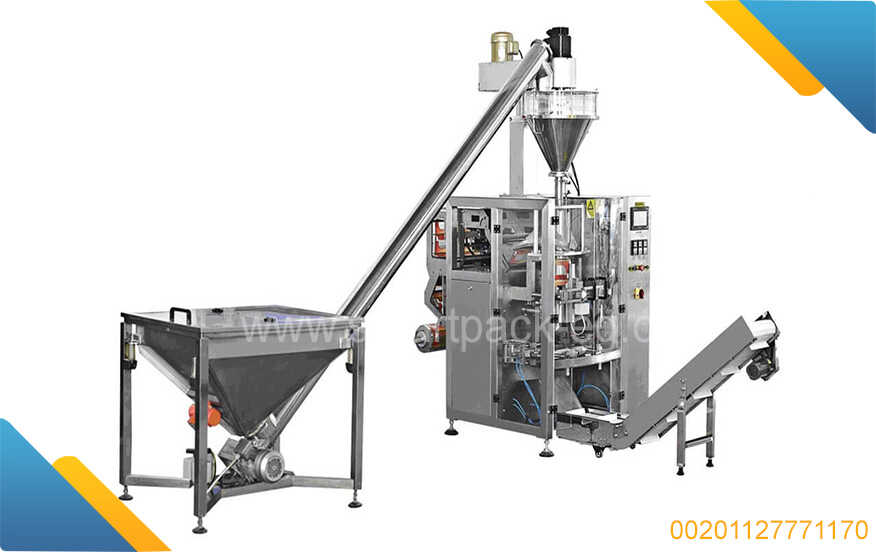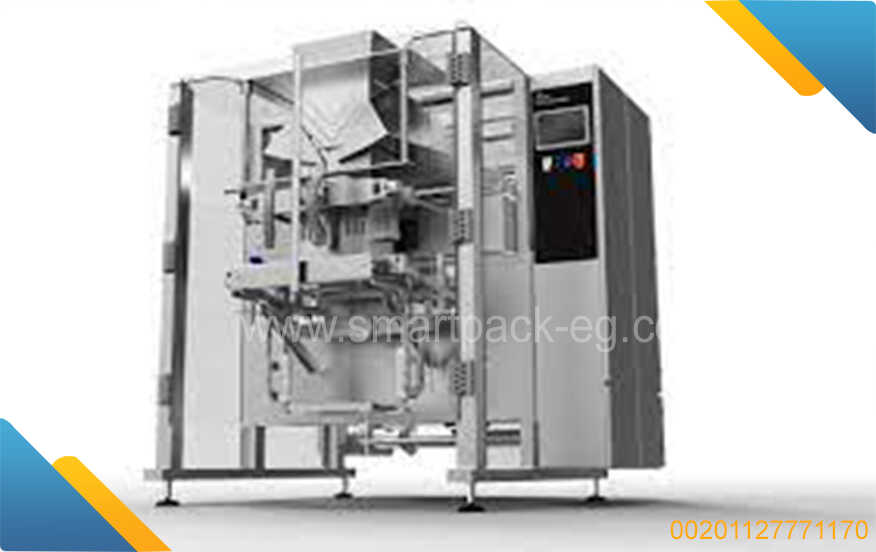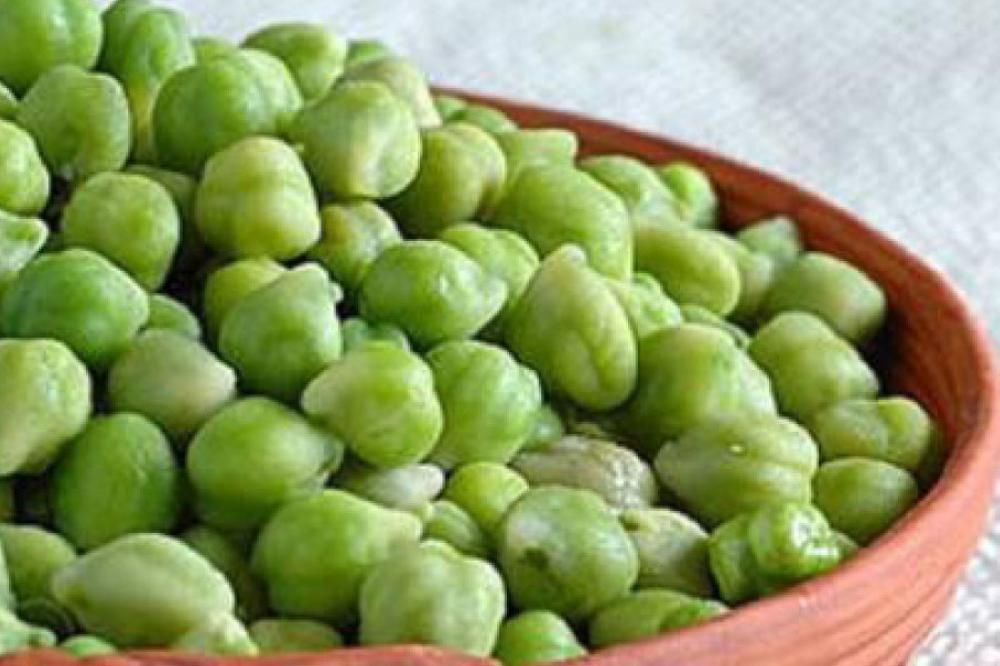The coffee industry from planting to cup
It takes place in several basic stages. start
growing coffee,
It is a delicate process that requires attention to detail and the right environment. Coffee is grown in certain countries around the world that have ideal conditions for its growth, taking advantage of the rich soil, high altitudes and favorable climate.
There are two main types of coffee: large commercial farms and small family-owned farms. Commercial farms use modern technology, such as irrigation and fertilization systems, to increase yields and efficiency. On the other hand, family-owned farms rely more on traditional farming methods, such as manual labor and natural fertilizers,
They often specialize in producing certain types of coffee beans. When talking about varieties, there are two main types of coffee trees: Arabica and Robusta. Arabica beans are known for their delicate flavor and are usually grown at higher altitudes, while Robusta beans have a stronger, richer flavor and are grown at lower altitudes. Within each type of coffee there are many varieties,
Each type has its own unique flavor and characteristics. Coffee can be grown in several different ways, each with their own advantages and disadvantages. One method is the traditional shade method, where coffee is grown under shade trees that protect the plant from direct sunlight. This method supports biodiversity and enhances soil health.
But it usually produces lower yields. The full sun method, where coffee is grown in direct sunlight, produces higher yields but requires more chemical fertilizers and pesticides. The semi-shaded method is a compromise between the two, providing some shade while also allowing for higher yields. This method is becoming increasingly popular with farmers who want to achieve a balance between productivity and sustainability.
Coffee harvest
Harvesting coffee beans is a crucial process that affects the flavor and quality of the final product. There are two main methods for picking coffee cherries, each with its own advantages and disadvantages: Strip picking methodSelective picking method The strip picking method involves removing all the berries from a branch at once. This method is faster and more efficient than selective picking, making it ideal for large-scale coffee farms. However,
It can also result in a mixture of ripe and unripe cherries, resulting in a less consistent flavor profile. The selective picking method involves hand-picking only the ripe coffee fruit from the branch. This method ensures a more consistent flavor profile.
Only the most ripe cherries are selected for processing. However, it is a slower and labor-intensive process, making it more expensive. Once cherries are picked, they should be processed as quickly as possible to prevent spoilage and maintain the quality of the beans.
Harvest timing is important in determining the final flavor of the coffee. Depending on the type of coffee bean, it will take 3 to 4 years for newly planted coffee trees to bear fruit. fruit turns,
Called coffee cherries, they turn bright, deep red when ripe and ready to harvest. Overripe coffee berries can affect the quality of the beans and lead to an undesirable taste.
On the other hand, immature fruit results in a more acidic and less sweet taste. Coffee growers must carefully monitor the maturity of the coffee fruit to ensure it is harvested at the optimal time
Follow the coffee industry from plant to cup
Coffee bean processing
After the coffee cherry is harvested, it must be processed to remove the outer layers and expose the coffee beans inside. There are two basic methods for processing coffee: the dry method and the wet method. Dry Method The dry method, also known as the natural method, includes:
Dry the coffee cherries in the sun before removing the outer layers. Spread the cherries out on large surfaces to dry, turning them regularly to ensure even drying. The outer layers of the cherry shrink and eventually crack, revealing the coffee beans inside.
The dry outer layers are then removed through hulling and polishing, leaving the coffee beans ready for roasting. The dry method is mainly used in areas where water is scarce or expensive, such as Ethiopia, Brazil and Yemen. This method produces coffee beans with a heavy body and fruity flavour. Wet Method The wet method, also known as (washed method), involves removing the outer layers of the coffee cherry before drying the beans.
The cherries are first cut to remove the skin and then placed in water to separate the remaining layers from the kernels. The grains are then dried in the sun or through a drying machine. Once the beans are dry, the outer layers are removed, leaving only the coffee beans to roast. The wet method is typically used in areas where water is abundant and the climate is humid, such as Central and South America and East Africa.
This method produces coffee beans with a more acidic and clean taste. Fun Fact: The wet method was developed in the early 1900s as a response to the dry method's susceptibility to insect infestation and mold growth during the drying process. The processing method used can greatly affect the flavor and aroma of the coffee.
The dry method produces coffee with a heavier body and richer flavour, while the wet method produces coffee with a cleaner taste and higher acidity. The choice of processing method depends on the region, water availability, and desired coffee flavor. Learn more about the difference in processing washed and dried coffee.
The coffee industry from planting to cup
Drying coffee beans after processing,
Coffee beans must be dried to remove excess moisture before roasting. This is a crucial step in the coffee production process as the moisture level affects the flavor and quality of the final product. The beans must now be dried and the moisture drawn to about 11% to prepare the coffee beans for storage properly.
There are two common methods for drying coffee beans: 1. Sun drying Sun drying is the traditional method of drying coffee beans. This includes work

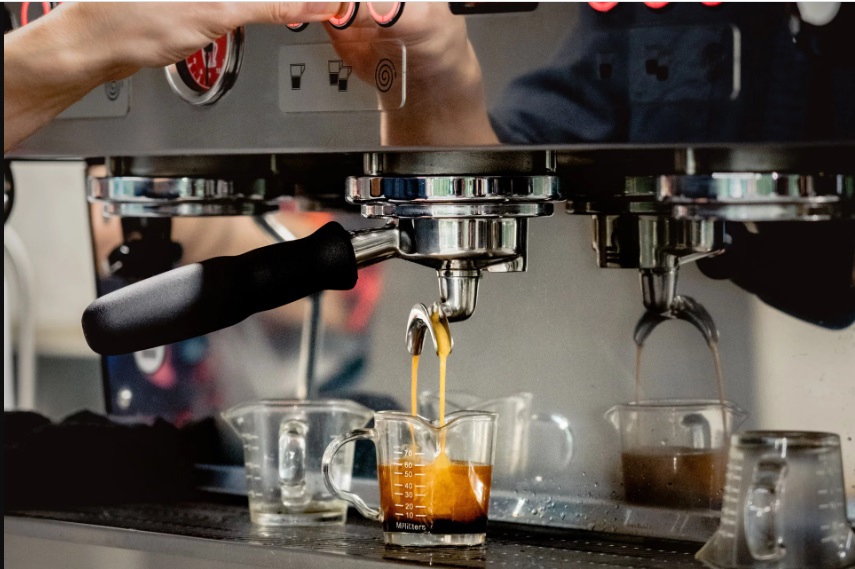
 Admin
Admin 